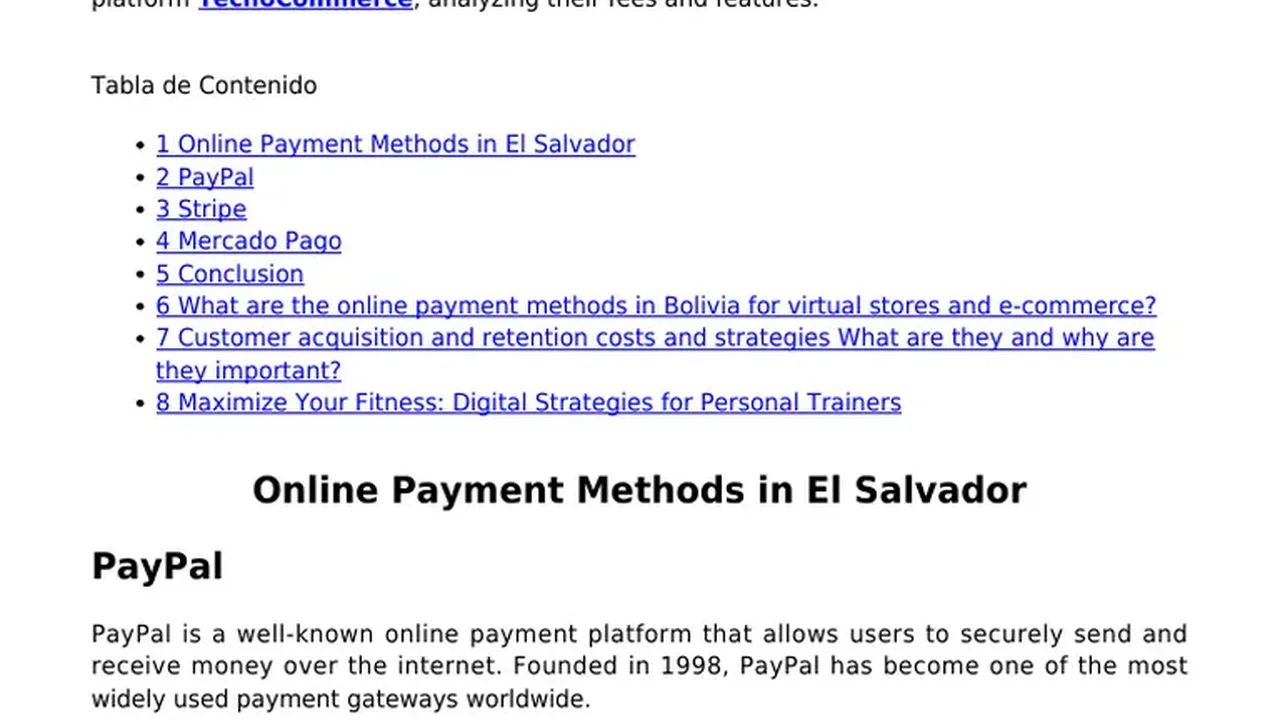Integrating Local Payment Methods in Your Online Shop in SEA & Mexico
Sample meta description.

Understanding the Payment Landscape in Southeast Asia (SEA) and Mexico for E-commerce
So, you're thinking about expanding your online shop to Southeast Asia and Mexico? Awesome! These are booming markets with huge potential. But here's the thing: you can't just assume everyone pays the same way they do where you're currently operating. Think about it - you probably don't use the same payment methods your grandparents do, right? Same principle applies here.
SEA and Mexico have their own unique payment ecosystems. Credit card penetration might be lower than you're used to. Bank transfers, e-wallets, cash-based solutions – these are all super popular. Ignoring these local preferences is a surefire way to lose out on sales. We're talking about potentially missing out on a massive chunk of your target audience. Don't be that guy!
Why Local Payment Methods Are Crucial for E-commerce Success in Emerging Markets
Okay, let's drill down into why this is so important. First off, trust. People are more likely to buy from you if they can pay with a method they know and trust. It's about comfort and familiarity. Imagine being forced to use a payment method you've never heard of – you'd probably think twice before entering your details, right?
Secondly, accessibility. Not everyone has a credit card or a bank account. Offering alternative payment methods opens up your shop to a much wider audience, including those who might otherwise be excluded from online shopping. Think about the unbanked population – they're a huge potential market!
Thirdly, convenience. Local payment methods are often faster and easier to use than traditional options. For example, e-wallets can be linked to bank accounts or credit cards, making payments quick and seamless. Who doesn't love a quick and easy checkout process?
Exploring Popular Payment Gateways and E-wallets in Southeast Asia (SEA)
Alright, let's get practical. What are some of the key players in the SEA payment game? Here are a few to consider:
- GrabPay: Dominates in Singapore, Malaysia, and the Philippines. Integrated into the Grab ecosystem (ride-hailing, food delivery, etc.), making it super convenient for users. Think of it like the Uber of Southeast Asia but with a payment wallet built in.
- GoPay: Indonesia's leading e-wallet. Similar to GrabPay, it's integrated into the Gojek ecosystem. Essential if you're targeting the Indonesian market.
- ShopeePay: Growing rapidly across SEA, especially in markets where Shopee is popular (which is pretty much everywhere). Integrated into the Shopee e-commerce platform.
- Touch 'n Go eWallet: A popular Malaysian e-wallet, widely used for toll payments, parking, and retail purchases.
- TrueMoney: Strong presence in Thailand, Vietnam, and the Philippines. Offers a range of financial services, including e-wallet payments and remittances.
- PayMaya: A leading e-wallet in the Philippines, used for online and offline payments.
Diving Deep into Payment Solutions in Mexico: OXXO, SPEI, and Mercado Pago
Now, let's hop over to Mexico. The payment landscape here is equally unique. Forget assuming everyone uses credit cards – cash is still king, and alternative payment methods are essential.
- OXXO: This isn't your typical payment gateway. OXXO is a convenience store chain with over 20,000 locations across Mexico. Customers can generate a barcode on your website, take it to an OXXO store, and pay in cash. It's huge for reaching the unbanked population. Think of it as a cash-on-delivery option for online shopping.
- SPEI (Sistema de Pagos Electrónicos Interbancarios): This is an interbank electronic payment system. Customers can transfer funds directly from their bank account to your account. It's a secure and reliable way to accept payments.
- Mercado Pago: The payment arm of Mercado Libre (Latin America's largest e-commerce platform). Similar to PayPal, it offers a range of payment options, including credit cards, debit cards, and cash payments.
Product Recommendations: Payment Gateways for SEA & Mexico E-commerce
Okay, so you know *what* to offer. Now, let's talk about *who* can help you offer it. Here are a few payment gateway options to consider, keeping in mind the specific needs of SEA and Mexico:
- Checkout.com: A global payment gateway that supports a wide range of local payment methods in both SEA and Mexico. It's a good option if you're looking for a single platform to manage payments across multiple regions. Pricing: Varies depending on the region and payment method. Contact them for a custom quote. Use Case: Ideal for businesses with a significant transaction volume and a need for advanced fraud protection.
- dLocal: Specializes in emerging markets, including SEA and Mexico. Offers a comprehensive suite of payment solutions, including local payment methods, cross-border payments, and fraud prevention. Pricing: Typically a percentage of the transaction value plus a fixed fee. Use Case: Great for businesses looking for a partner with deep expertise in emerging market payments.
- PayU: Another global payment gateway with a strong presence in Latin America, including Mexico. Supports a variety of local payment methods, including OXXO and SPEI. Pricing: Competitive pricing, with options for both fixed fees and percentage-based pricing. Use Case: Suitable for businesses of all sizes, from startups to large enterprises.
- Xendit: Focuses specifically on Southeast Asia, offering a range of payment solutions tailored to the region's unique needs. Supports popular payment methods like e-wallets and bank transfers. Pricing: Transparent pricing, with no hidden fees. Use Case: A solid choice for businesses primarily focused on the SEA market.
Comparing Payment Gateway Options: Features, Pricing, and Target Markets
Choosing the right payment gateway is crucial. Here's a quick comparison to help you make the best decision:
| Payment Gateway | Key Features | Pricing Model | Target Markets | Pros | Cons |
|---|---|---|---|---|---|
| Checkout.com | Global reach, advanced fraud protection, supports many local payment methods | Varies, custom quote | Global | Comprehensive solution, robust security | Can be more expensive, complex integration |
| dLocal | Emerging market expertise, cross-border payments, fraud prevention | Percentage + fixed fee | Emerging markets (SEA & Mexico) | Strong local knowledge, tailored solutions | May not be as well-known as other gateways |
| PayU | Strong Latin American presence, supports OXXO and SPEI | Fixed fee or percentage | Latin America (Mexico) | Competitive pricing, easy integration | Less focused on SEA |
| Xendit | SEA focused, supports e-wallets and bank transfers | Transparent pricing, no hidden fees | Southeast Asia | Excellent for SEA, simple integration | Limited global reach |
Use Cases: Real-World Examples of Integrating Local Payment Methods
Let's see how these payment methods work in practice. Imagine you're selling handmade jewelry online.
- Scenario 1: Mexico - Using OXXO. A customer in Mexico doesn't have a credit card. They browse your website, choose a necklace, and select OXXO as their payment method. Your website generates a barcode. The customer takes the barcode to their nearest OXXO store and pays in cash. You receive confirmation of the payment and ship the necklace.
- Scenario 2: Indonesia - Using GoPay. A customer in Indonesia wants to buy a bracelet. They select GoPay as their payment method. They're redirected to the GoPay app, where they confirm the payment with their fingerprint. You receive instant confirmation and ship the bracelet.
- Scenario 3: Philippines - Using PayMaya. A customer in the Philippines is purchasing some earrings. They choose PayMaya at checkout. A QR code is generated, which the customer scans using the PayMaya app on their phone. After scanning, they confirm the payment. You receive the payment confirmation and ship the earrings.
The Importance of Mobile Optimization for Payment in SEA & Mexico
One last thing: mobile is HUGE in both SEA and Mexico. Many people access the internet primarily through their smartphones. Make sure your website and payment process are fully optimized for mobile devices. A clunky, non-responsive website will drive customers away faster than you can say "shopping cart abandonment."
Think about it: are your buttons easy to tap on a small screen? Is the checkout process streamlined and intuitive? Does your website load quickly on mobile data? These are all critical factors to consider.
By embracing local payment methods and optimizing for mobile, you'll be well on your way to conquering the e-commerce markets of Southeast Asia and Mexico. Good luck!
:max_bytes(150000):strip_icc()/277019-baked-pork-chops-with-cream-of-mushroom-soup-DDMFS-beauty-4x3-BG-7505-5762b731cf30447d9cbbbbbf387beafa.jpg)






